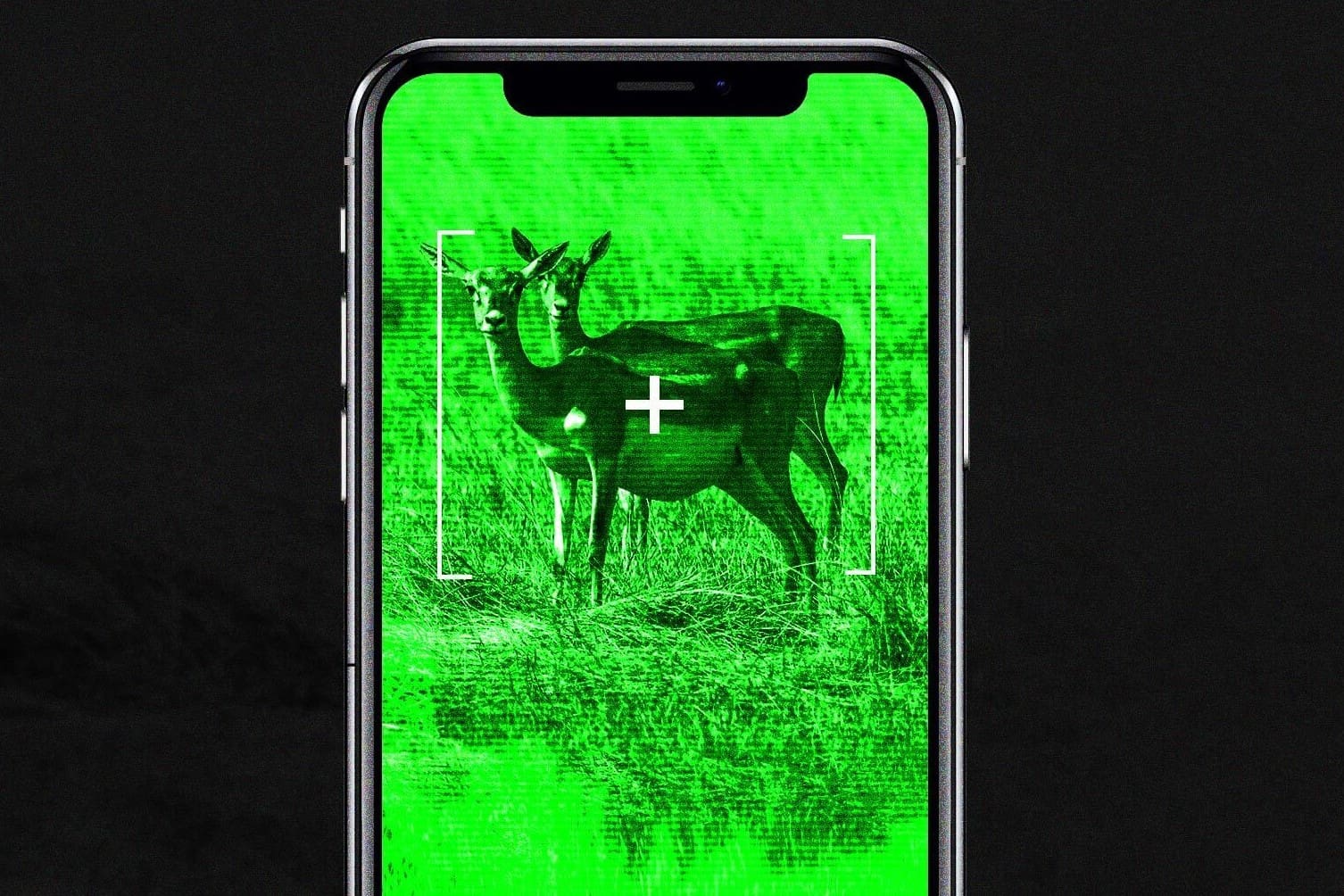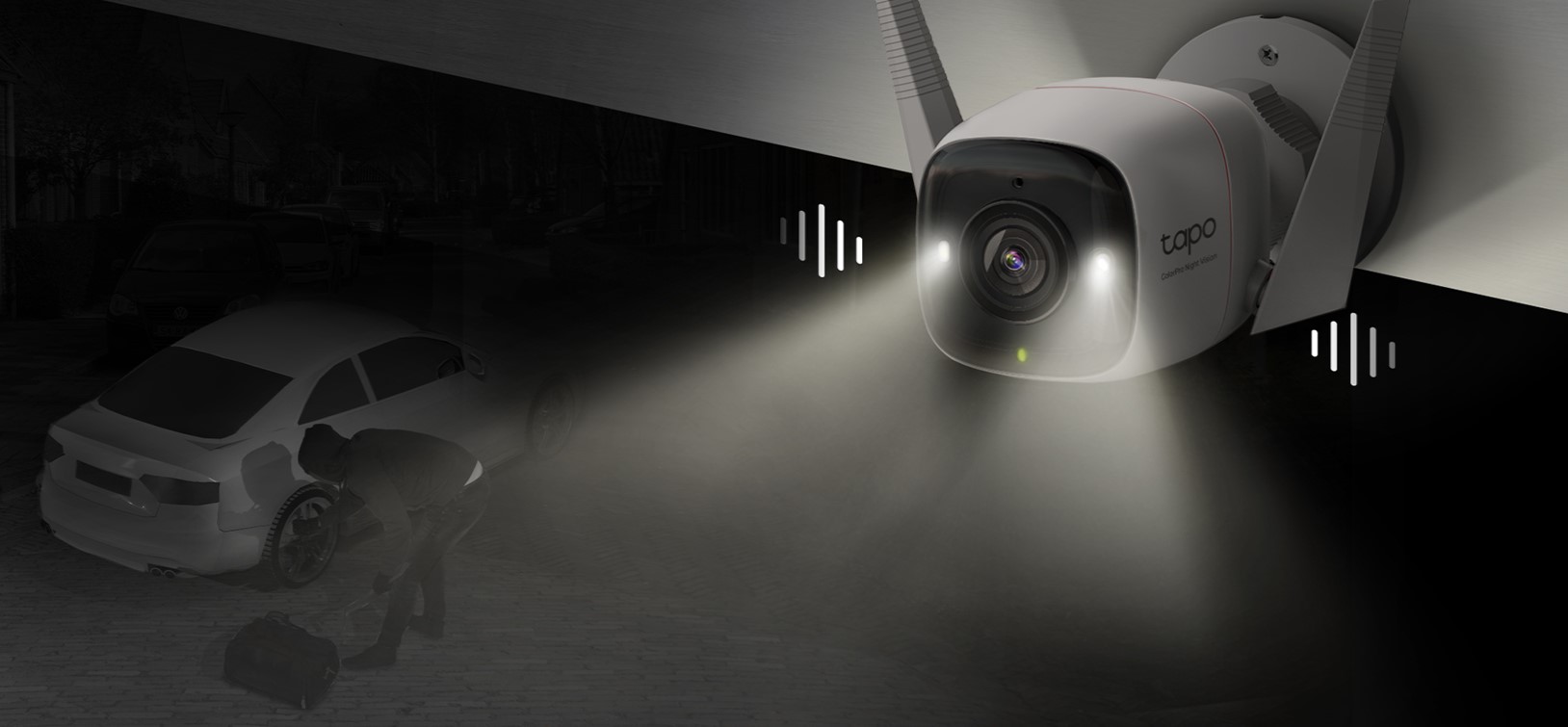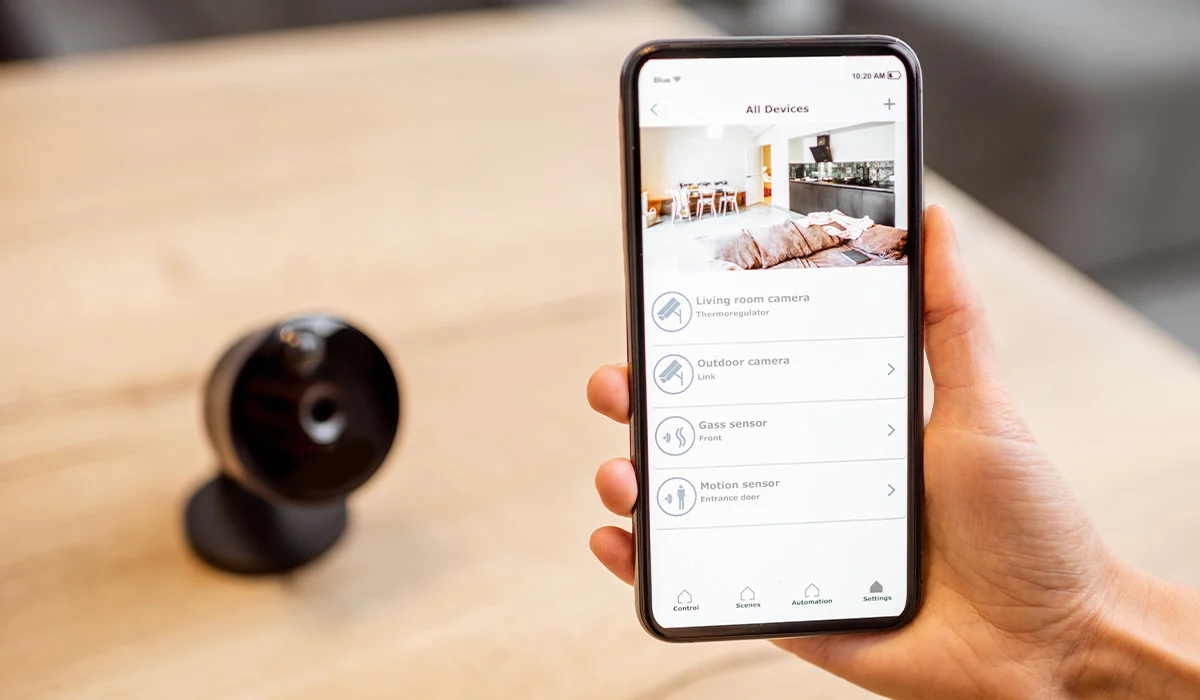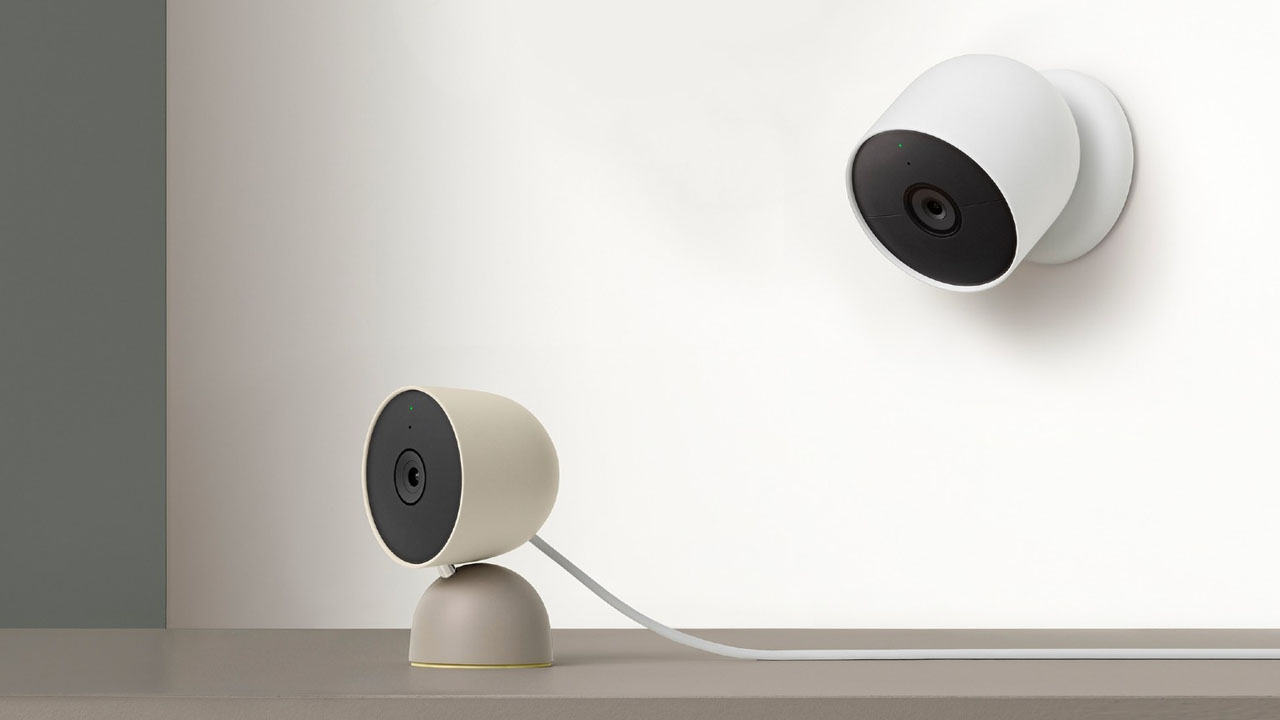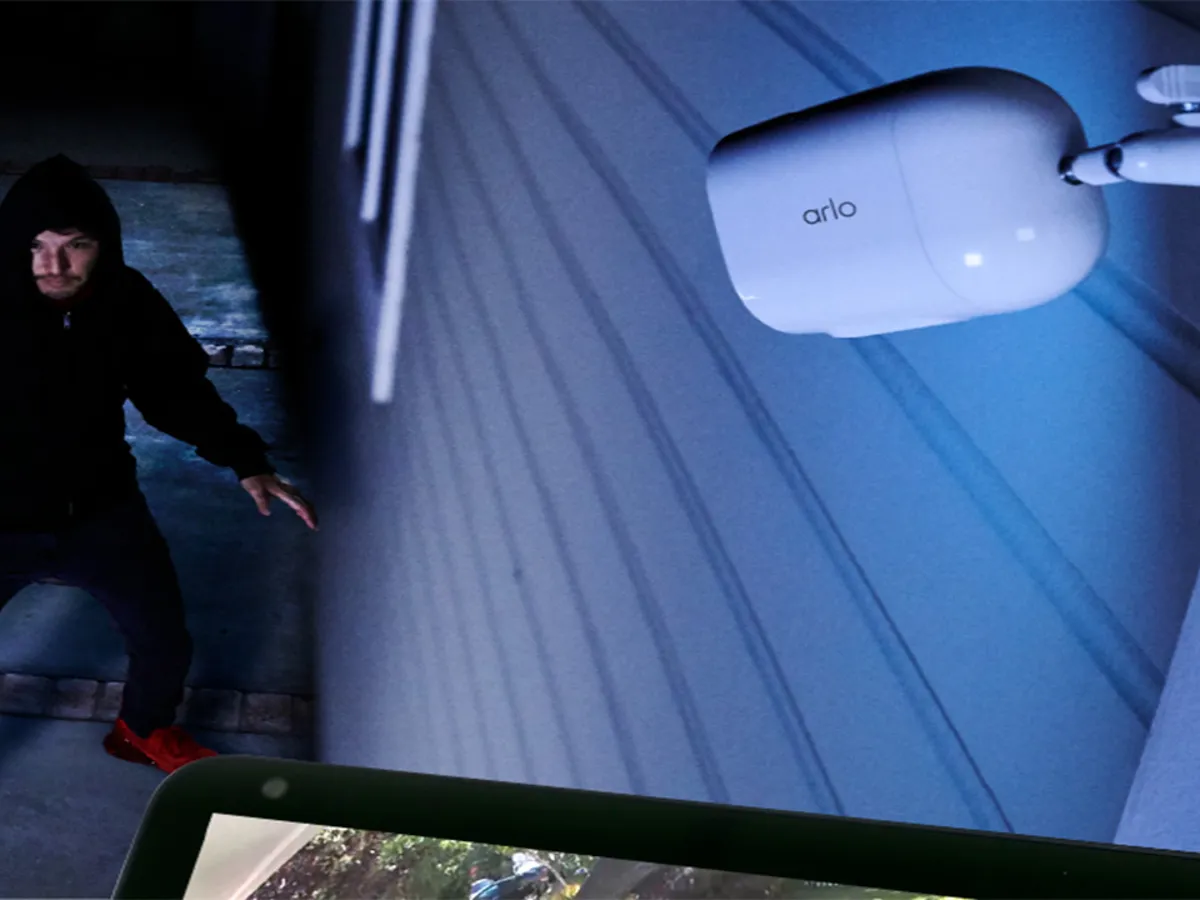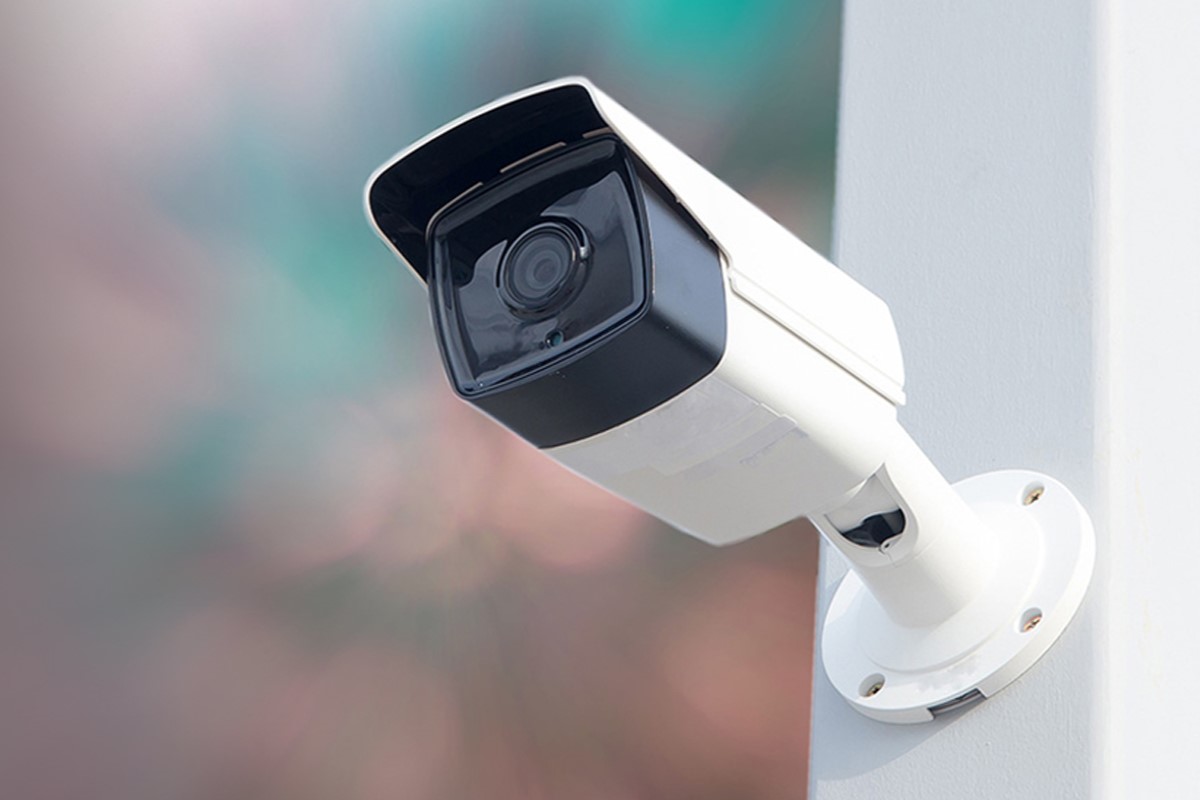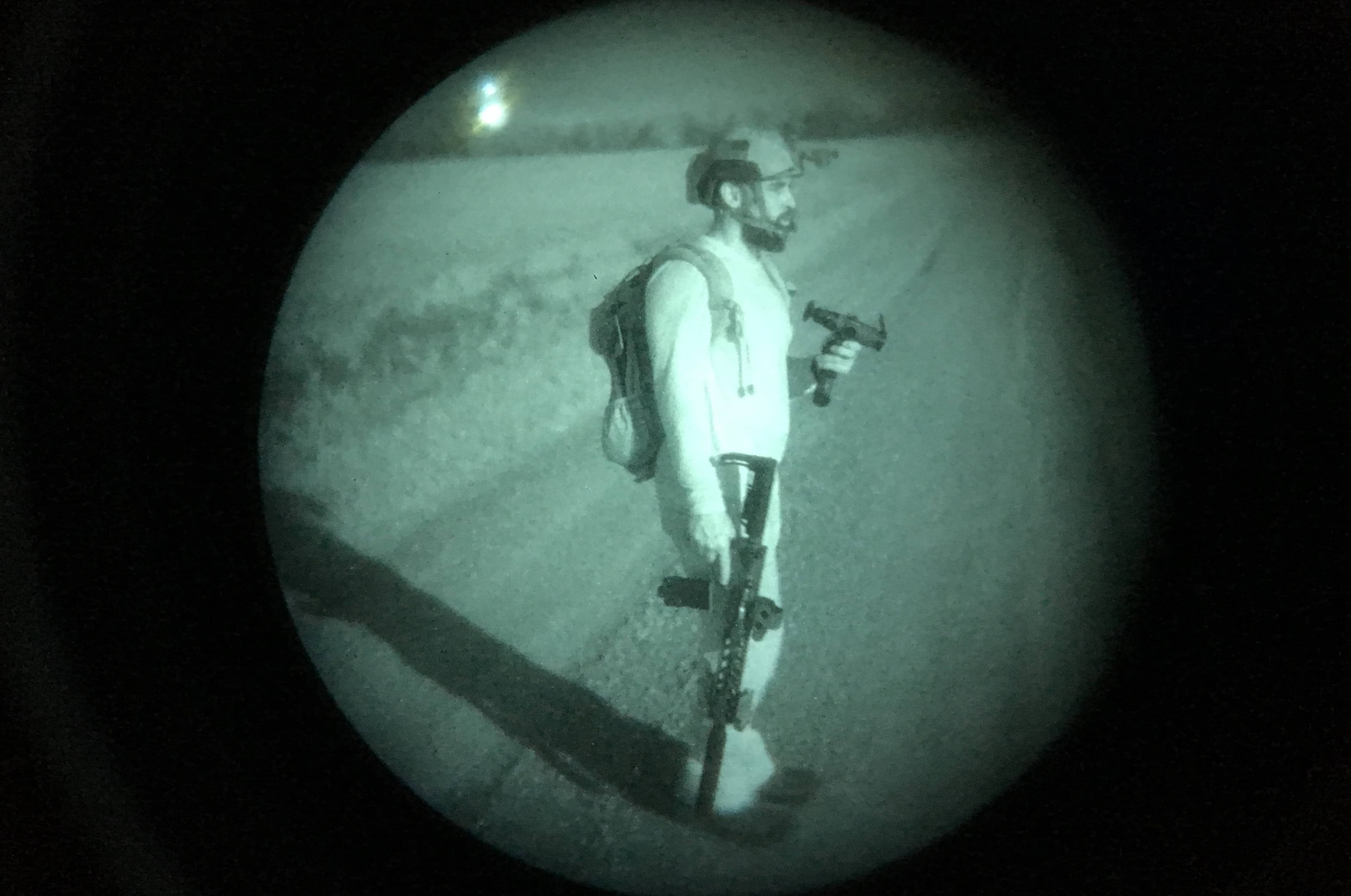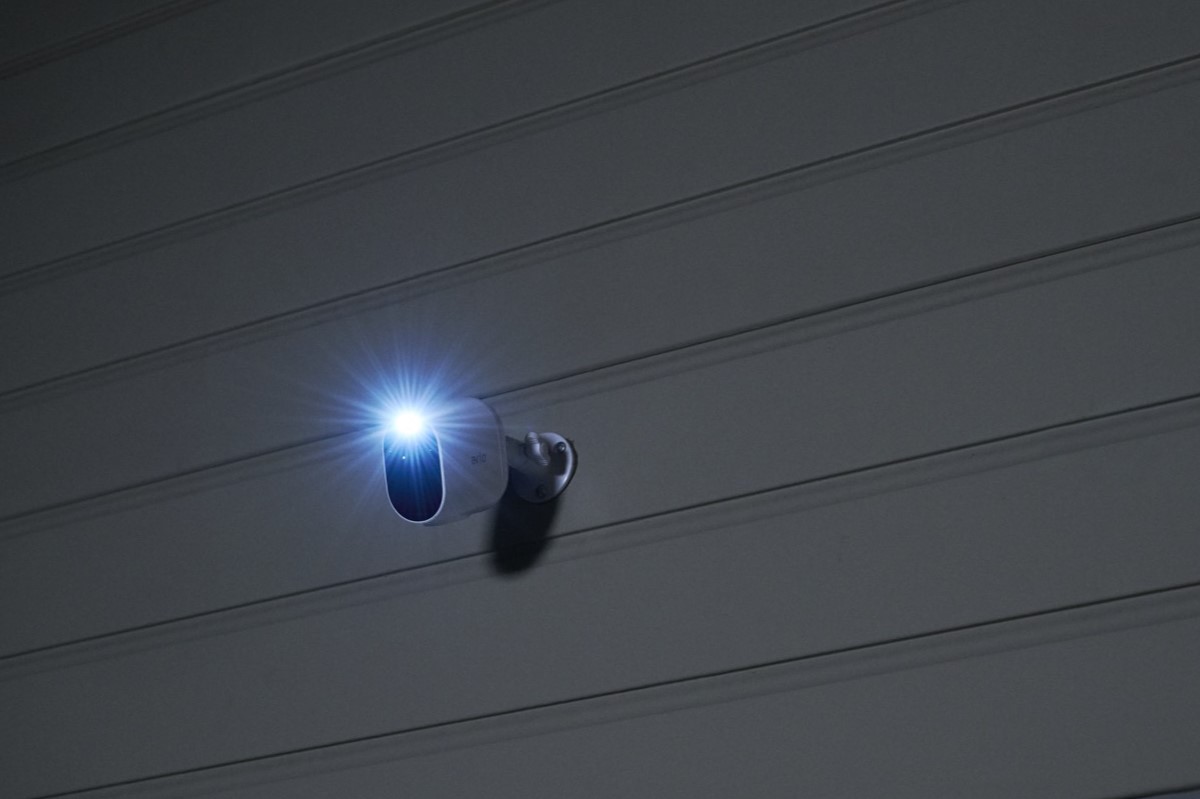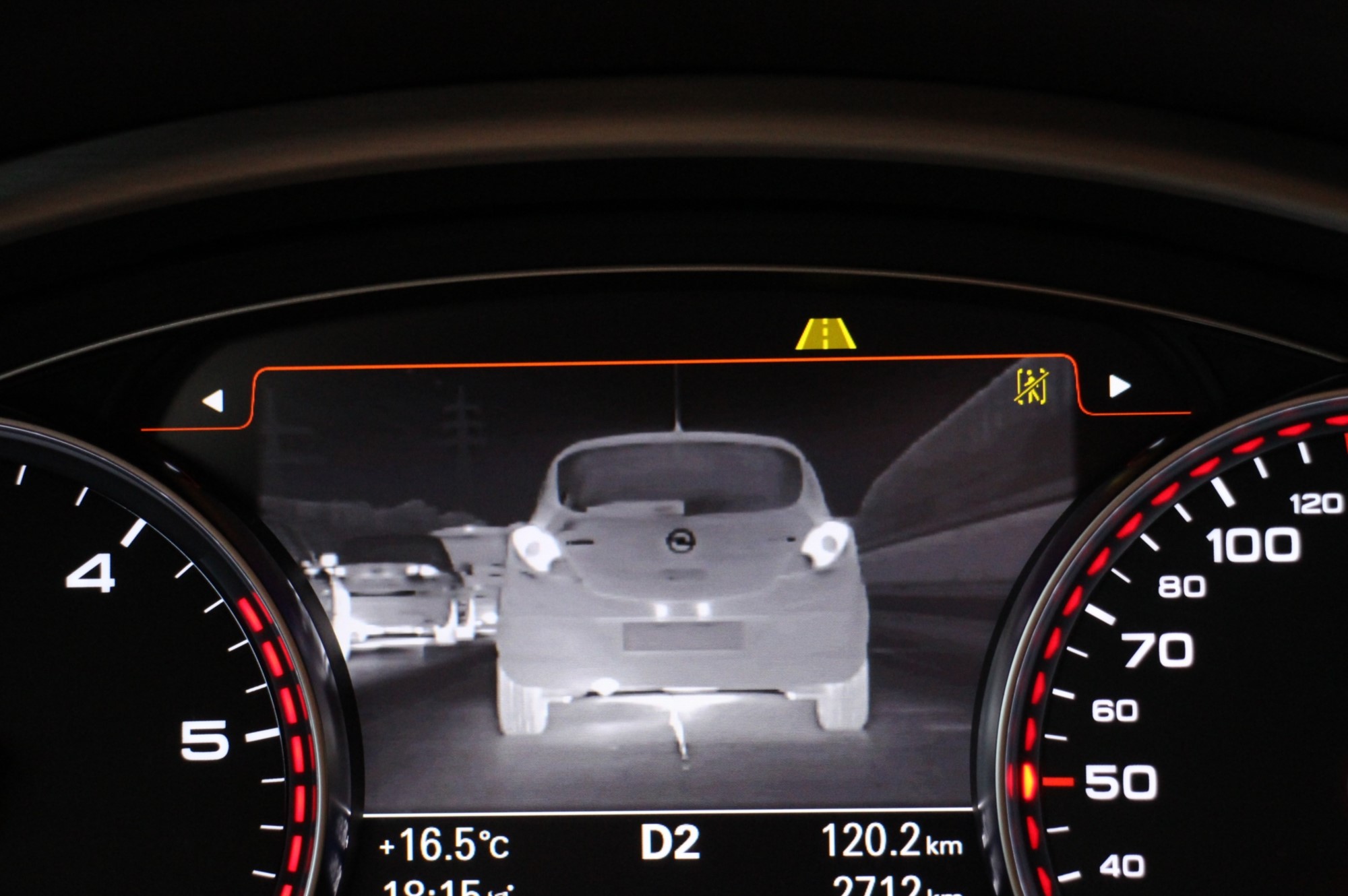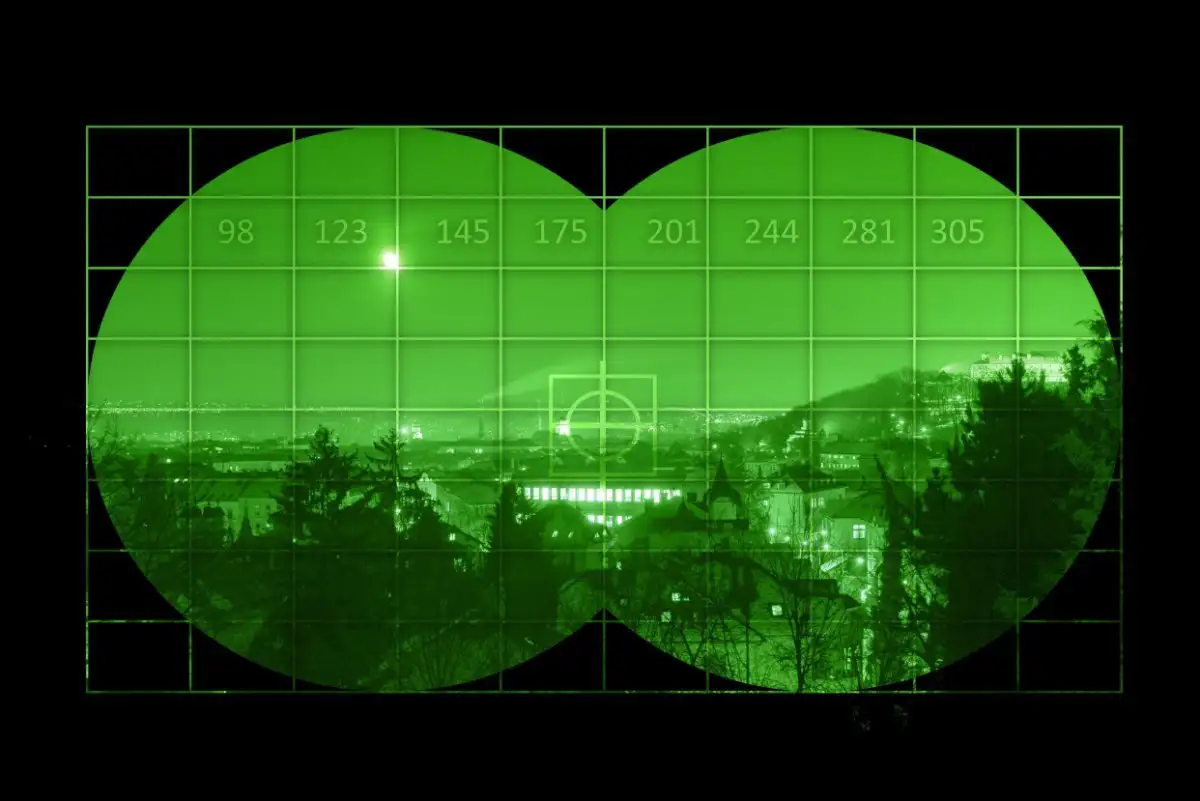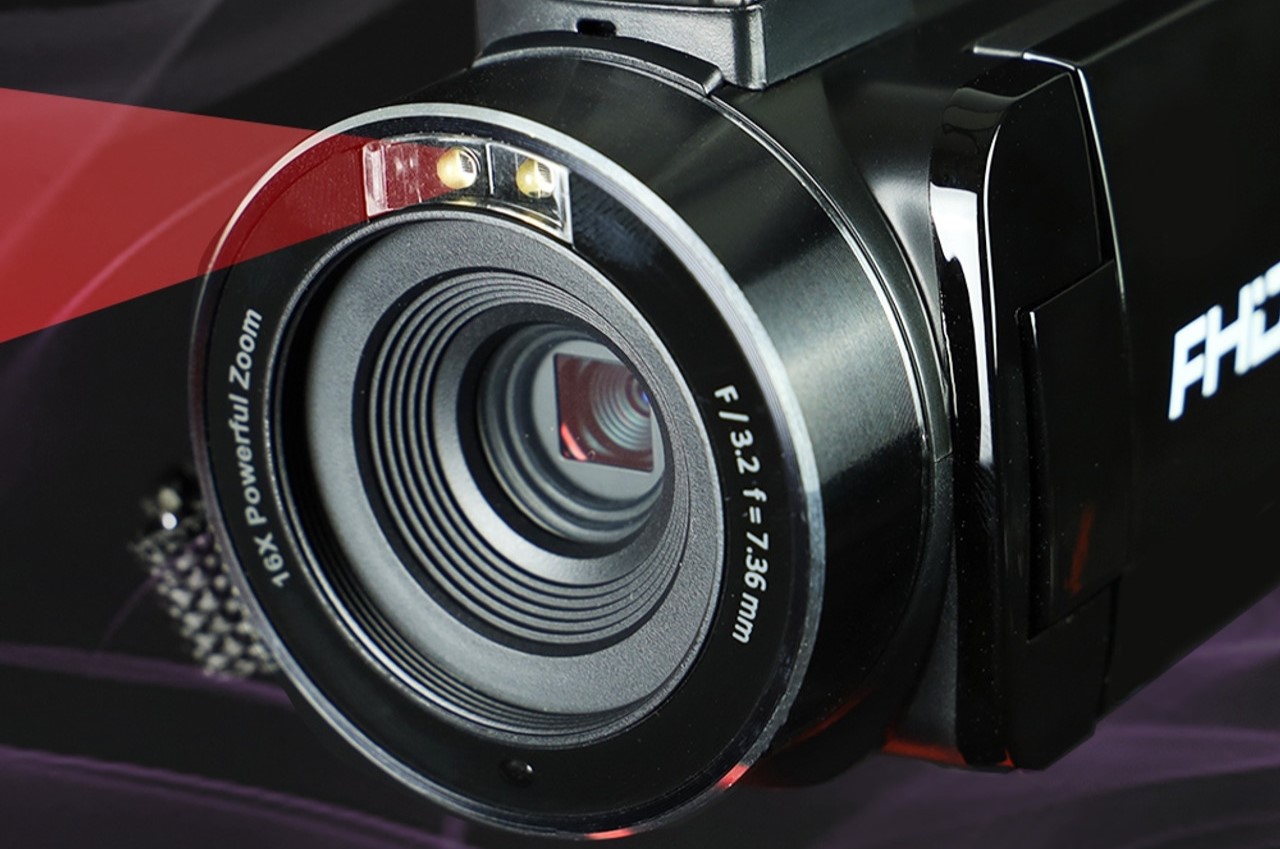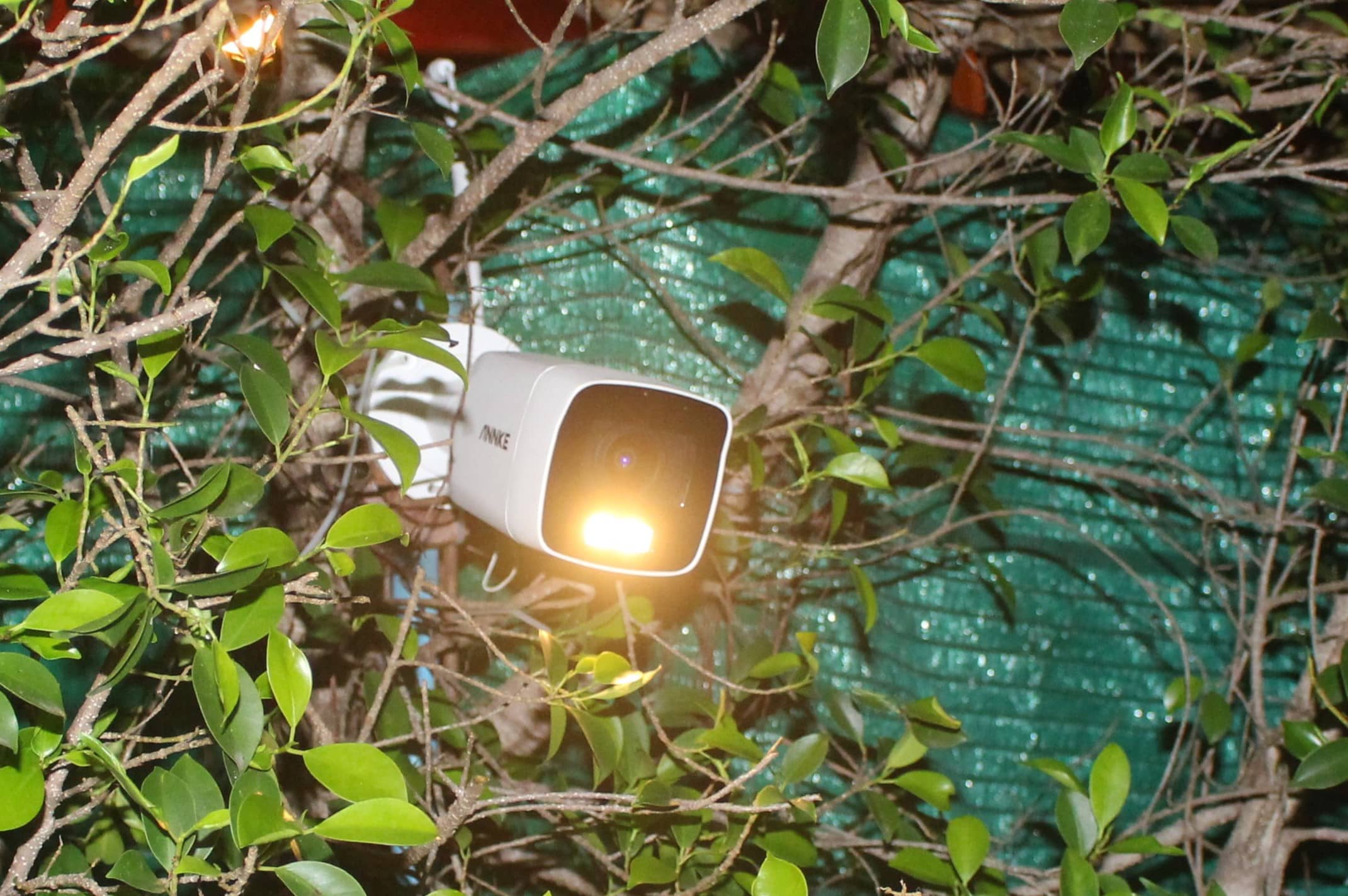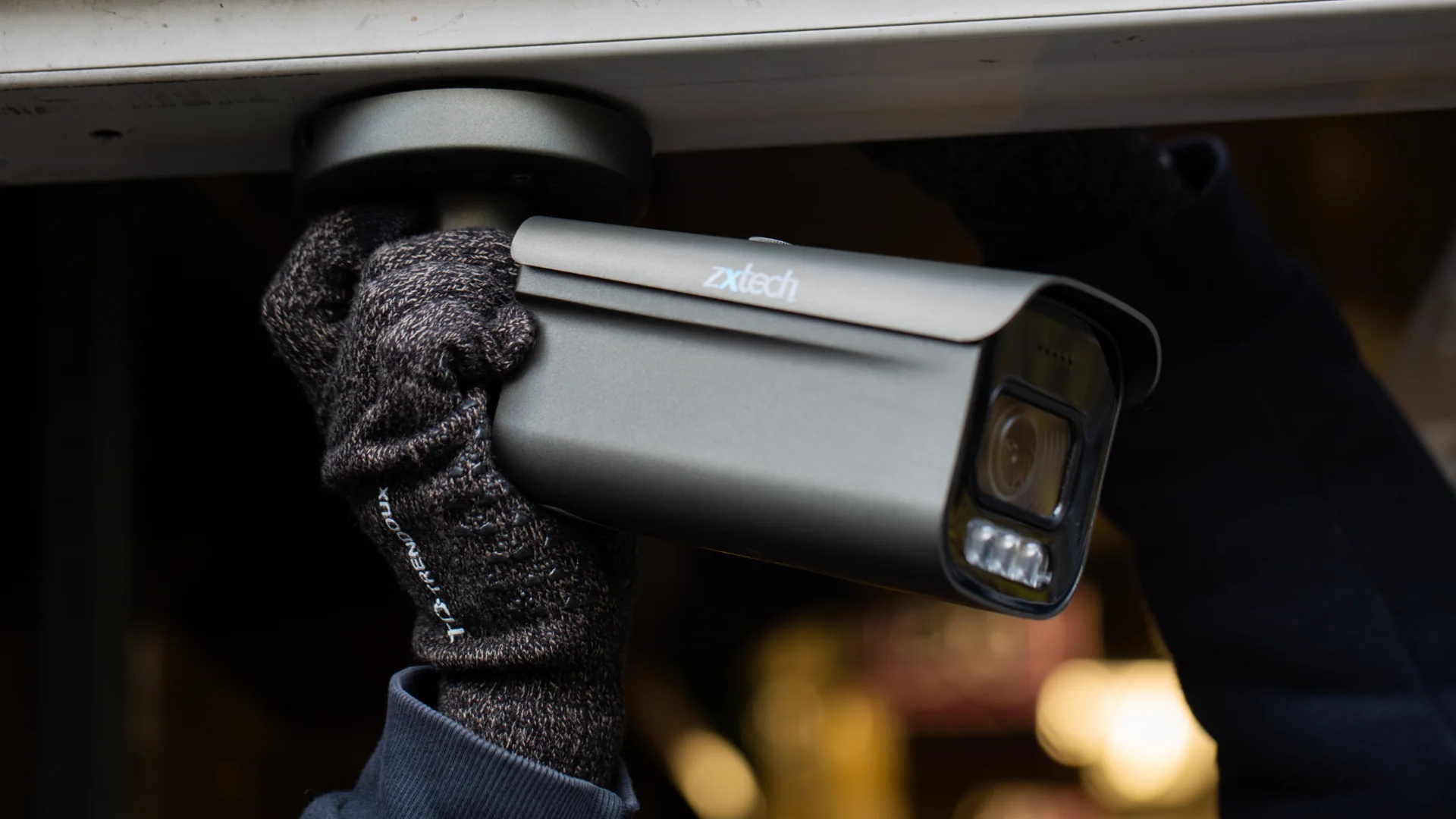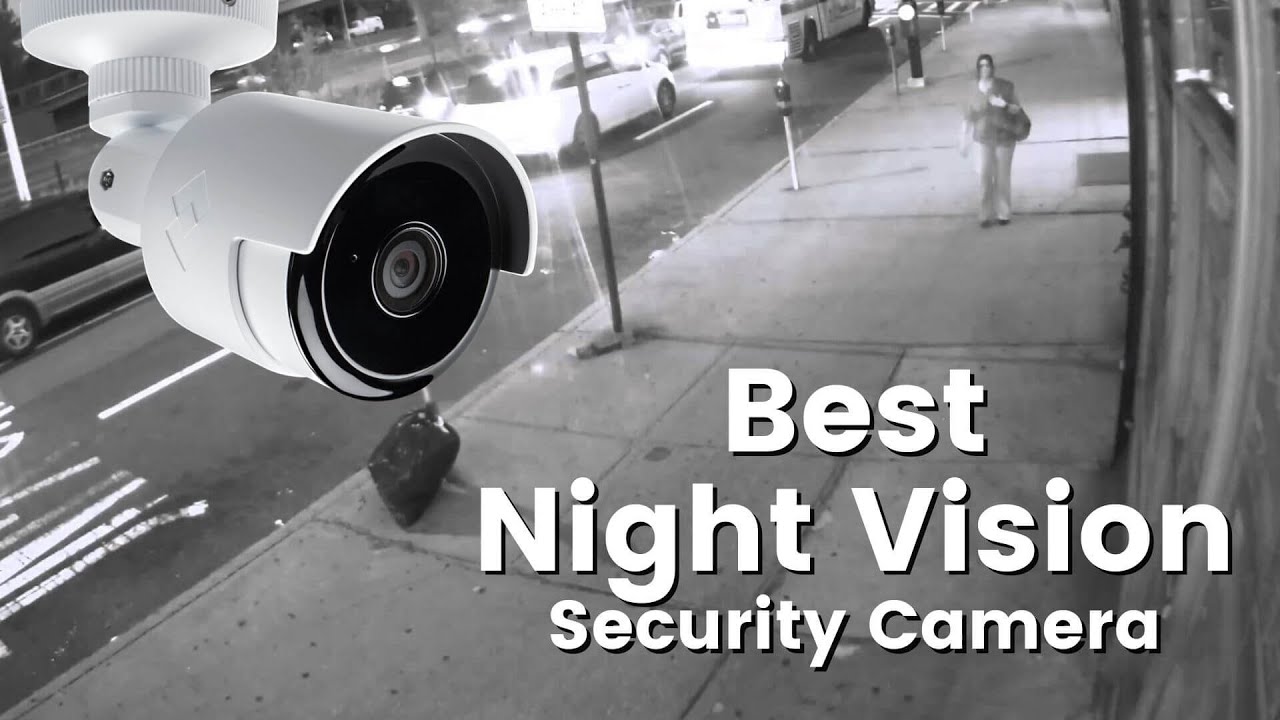Home>Home Security and Surveillance>Why Do Phones Flash In Night Vision Cameras
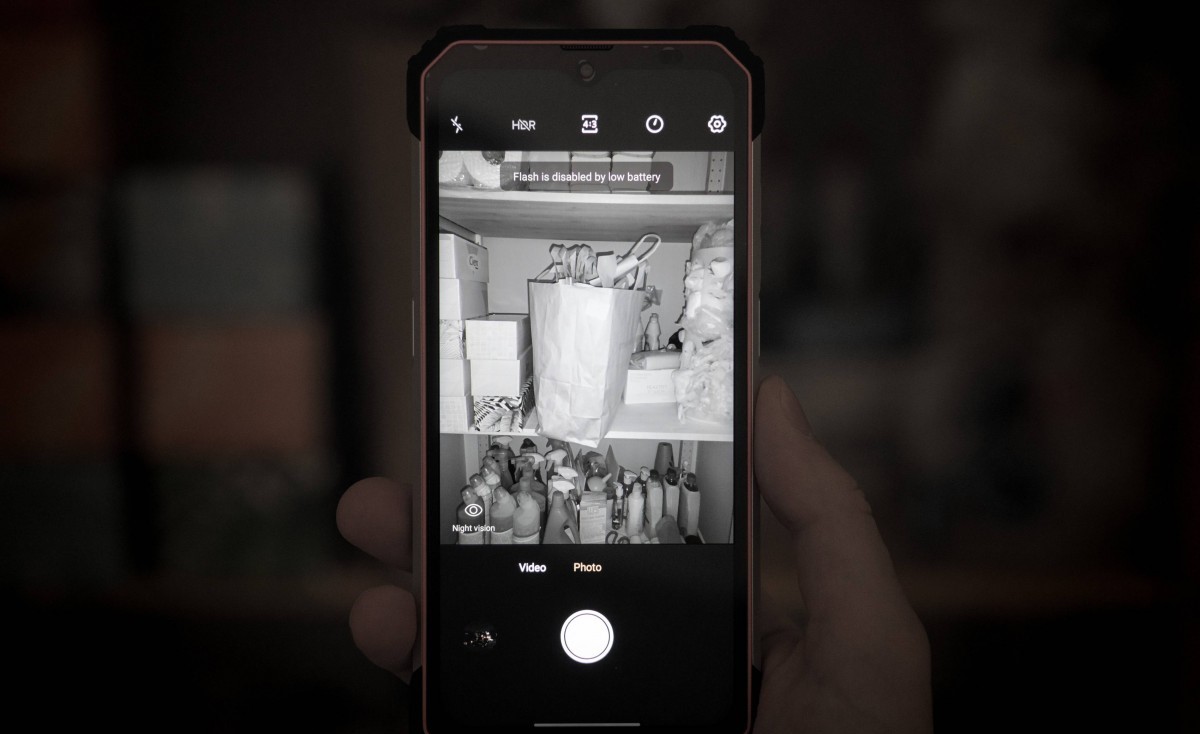

Home Security and Surveillance
Why Do Phones Flash In Night Vision Cameras
Modified: March 6, 2024
Learn why phones flash in night vision cameras and how this relates to home security and surveillance. Discover how this feature can enhance your nighttime monitoring capabilities.
(Many of the links in this article redirect to a specific reviewed product. Your purchase of these products through affiliate links helps to generate commission for Storables.com, at no extra cost. Learn more)
Introduction
Home security and surveillance systems have become increasingly important in today’s world. Whether you want to protect your property, keep an eye on your loved ones, or simply have peace of mind, investing in a reliable security system is crucial. One essential component of a comprehensive security setup is a night vision camera, which allows for round-the-clock monitoring even in low-light conditions.
Night vision cameras are designed to capture clear and detailed images in the dark, using various technologies such as infrared (IR) illumination or starlight sensors. These cameras are commonly used in both residential and commercial settings to deter potential intruders, monitor outdoor areas, and provide evidence in the event of a security incident.
While night vision cameras are highly effective in capturing images in the dark, they can sometimes be affected by the presence of phone flashes. Have you ever wondered why your phone flash causes the camera feed to flicker or distort? In this article, we’ll dive into the world of night vision cameras and explore the reasons behind this phenomenon.
Phone flashes are a common feature found in most smartphones today. They are essentially LED lights that provide additional illumination when taking photos or videos in low-light situations. These flashes are designed to mimic natural light and enhance the visibility of the subject being captured.
However, when a phone flash is used in the vicinity of a night vision camera, it can interfere with the camera’s functionality and result in flashing or distorted images. Understanding why this happens requires a closer look at the technology behind night vision cameras and how they capture images in the dark.
The primary method by which night vision cameras operate is through the utilization of infrared light. These cameras have the ability to detect and capture infrared light emitted by objects in their field of view. This infrared light is not visible to the naked eye, but night vision cameras can convert it into visible images using sensors that are sensitive to infrared wavelengths.
When a phone flash is activated, it emits a burst of visible light, including infrared light. This sudden burst of light can overpower the infrared light emitted by the objects in the camera’s view, causing the camera’s sensors to receive conflicting signals. As a result, the camera may struggle to process and display the images accurately, leading to flickering or distorted footage.
There are several factors that can affect the impact of a phone flash on a night vision camera’s performance. The strength and proximity of the flash, as well as the sensitivity of the camera’s sensors, play a significant role in determining the extent of the interference. Additionally, the design and positioning of the night vision camera in relation to the phone flash can also contribute to the issue.
In the next section, we will delve deeper into the factors that affect the interaction between phone flashes and night vision cameras, and explore techniques for reducing this interference to ensure optimal surveillance performance.
Key Takeaways:
- Phone flashes can interfere with night vision cameras by emitting visible and infrared light, causing flickering and distorted images due to conflicting signals received by the camera’s sensors.
- To reduce interference, increase distance between the phone flash and camera, adjust flash strength, use diffusers, optimize camera settings, shield the camera’s sensors, consider external lighting, and carefully position the camera.
Read more: Which Phones Have Night Vision Cameras
Understanding Night Vision Cameras
Night vision cameras are a specialized type of surveillance camera that allows for imaging in low-light or dark conditions. They are designed to enhance visibility and capture clear images in situations where traditional cameras would struggle or fail to produce usable footage.
There are different types of night vision cameras available on the market, each utilizing various technologies to achieve their purpose. The two most common types are infrared (IR) night vision cameras and starlight cameras.
IR night vision cameras work by utilizing infrared illumination to capture images in the dark. These cameras emit infrared light, which is not visible to the human eye, but can be detected by the camera’s sensors. The sensors then convert the infrared radiation into visible images, allowing for clear monitoring even in complete darkness.
Starlight cameras, on the other hand, are designed to capture and amplify available light, including moonlight and starlight, to produce visible images. These cameras have highly sensitive sensors that can detect and amplify even the faintest sources of light, resulting in detailed and high-quality footage in extremely low-light conditions.
Regardless of the specific technology used, night vision cameras play a crucial role in ensuring the security and surveillance of homes and businesses. They are commonly employed in outdoor areas such as driveways, gardens, and parking lots, as well as indoor spaces like hallways, living rooms, and offices. Their ability to capture clear images in the dark allows for continuous monitoring and recording, providing a valuable resource in identifying intruders or suspicious activities.
It is important to note that while night vision cameras are highly effective in low-light conditions, their capabilities may vary depending on the specific camera model and the environment in which they are used. Factors such as distance, angle of view, and the presence of obstructions can all influence the camera’s performance and the quality of the captured footage.
Some night vision cameras also have additional features to enhance their functionality and usability. These may include motion detection sensors, built-in storage for recorded footage, remote access capabilities, and integration with other components of a comprehensive security system.
Overall, night vision cameras are a vital component of any home security and surveillance setup. With their ability to see in the dark and capture detailed images, they provide a crucial layer of protection and peace of mind. Understanding how these cameras work and their limitations will help in maximizing their effectiveness and ensuring the safety of your property and loved ones.
Introduction to Phone Flashes
Phone flashes are a common feature found in most smartphones today. They are built-in LED lights that provide additional illumination when capturing photos or videos in low-light or dark environments. The primary purpose of a phone flash is to enhance the visibility of the subject being photographed by mimicking natural light.
Modern smartphones often come equipped with advanced flash technology, such as dual-LED or quad-LED flashes, that can produce a brighter and more evenly distributed light source. This allows for better image quality and reduces the chances of overexposure or underexposure in challenging lighting conditions.
The phone flash function is typically activated automatically when the camera detects low-light levels, but it can also be manually adjusted or disabled depending on the user’s preference. Some smartphones even offer specialized modes, like HDR or night mode, that use intelligent algorithms to optimize the flash output for specific shooting situations.
Phone flashes are commonly used in various scenarios, such as capturing indoor photos, taking selfies in dimly lit environments, or documenting moments during nighttime events. They provide a convenient solution for obtaining well-lit images without the need for external lighting equipment.
It is important to note that while phone flashes are effective in improving the lighting conditions for regular photography, they can have unintended consequences when used near night vision cameras. The strong burst of light emitted by the phone flash can interfere with the operation of a night vision camera, leading to potential issues with image quality and clarity.
Understanding how phone flashes and night vision cameras interact is crucial in ensuring optimal performance and avoiding unwanted distortions of footage. In the next section, we will explore the reasons behind the flashing phenomenon when phone flashes are used near night vision cameras and the factors that contribute to this interference.
Explanation for Flashing in Night Vision Cameras
The flashing phenomenon that occurs when phone flashes are used near night vision cameras can be attributed to several factors related to the technology and functionality of both devices. To understand why flashing happens, let’s delve into the intricacies of how night vision cameras and phone flashes work.
Night vision cameras utilize specialized sensors to capture images in low-light or dark conditions. The most common type of night vision technology involves infrared (IR) illumination. These cameras emit infrared light that is invisible to the human eye but can be detected by the camera’s sensors.
When an object reflects or emits infrared light, the night vision camera’s sensors capture the reflected or emitted light and convert it into visible images. This process allows for clear imaging even in complete darkness. The camera relies on the infrared light emitted by the objects in its view to create a coherent and recognizable image.
Phone flashes, on the other hand, emit a burst of bright visible light, including infrared light. This light is designed to mimic natural lighting conditions and improve the visibility of the subject being photographed. The flash typically provides a short, intense burst of illumination, which can temporarily overpower the ambient light and provide sufficient lighting for capturing clear images.
When a phone flash is used near a night vision camera, the sudden burst of visible and infrared light emitted by the flash can disrupt the camera’s ability to process and display accurate images. The infrared light emitted by the objects in the camera’s view becomes overshadowed by the intense burst of light from the phone flash, resulting in conflicting signals received by the camera’s sensors.
This conflicting signal creates an interruption in the camera’s ability to convert the infrared light into visible images effectively. As a result, the camera may struggle to produce a stable and coherent image, leading to the perceived flashing or distorted footage.
It is important to note that the impact of phone flashes on night vision cameras can vary depending on several factors. The proximity of the phone flash to the camera, the strength of the flash, and the sensitivity of the camera’s sensors all play a role in determining the extent of the interference.
Additionally, the design and positioning of the night vision camera itself can affect the interaction with the phone flash. Some cameras may be more susceptible to flashing due to their sensor sensitivity or the placement of the infrared light source.
Understanding the reasons behind the flashing phenomenon in night vision cameras allows us to implement techniques to minimize or eliminate the interference caused by phone flashes. In the next section, we will explore some strategies and best practices for reducing the impact of phone flashes on night vision camera performance.
To prevent your phone from flashing in night vision cameras, you can simply cover the phone’s flash with a small piece of tape or use the “Do Not Disturb” mode to disable the flash.
Factors Affecting Phone Flash in Night Vision Cameras
Several factors come into play when considering the impact of phone flashes on night vision cameras. Understanding these factors can help to mitigate the interference caused by the flash and ensure optimal performance of the camera. Let’s explore some of the key factors affecting the interaction between phone flashes and night vision cameras.
1. Proximity: The distance between the phone flash and the night vision camera is a crucial factor. The closer the flash is to the camera, the stronger the interference is likely to be. The intensity of the flash’s light can overpower the infrared light emitted by the objects in the camera’s view, leading to flashing or distorted images. To minimize this interference, it is recommended to keep the phone flash as far away from the night vision camera as possible.
2. Flash Strength: The power and intensity of the phone flash also impact the interaction with the night vision camera. A stronger flash will emit more light, both visible and infrared, which can potentially disrupt the camera’s sensors and lead to flashing or distorted footage. Adjusting the flash settings to a lower power level or using diffusers or filters can help reduce the impact on the night vision camera.
3. Sensor Sensitivity: Night vision cameras have varying levels of sensor sensitivity. Some cameras are more sensitive to external light sources, including phone flashes. Higher sensor sensitivity can increase the likelihood of interference and flashing when a phone flash is used near the camera. It is advisable to choose a camera with adjustable sensitivity or one that allows for integration with external flash control systems.
4. Camera Positioning and Design: The positioning and design of the night vision camera also play a role in the interaction with phone flashes. Cameras with sensors that are positioned closer to the exit pupil of the lens may be more susceptible to interference. Additionally, cameras with poorly designed enclosures or light seals may allow external light, including phone flashes, to creep into the camera’s sensors, leading to unwanted interference.
5. Environmental Factors: The surrounding environment can also affect the impact of phone flashes on night vision cameras. Reflective surfaces, such as walls or glass, can cause light to bounce back into the camera and increase the chances of flashing. Similarly, highly illuminated areas or sources of bright light in the camera’s view can exacerbate the interference. Careful consideration should be given to the camera’s location and the surrounding environment to minimize the impact of external light sources.
By understanding these factors and their influence on the interaction between phone flashes and night vision cameras, users can take proactive measures to minimize interference and maintain optimal camera performance. In the next section, we will explore techniques and best practices for reducing the impact of phone flashes on night vision cameras.
Read more: How And Why Night Vision Cameras Work
Impact of Phone Flash on Night Vision Camera Performance
Phone flashes can have a significant impact on the performance of night vision cameras, particularly when used in close proximity. Understanding the potential consequences of using a phone flash near a night vision camera is crucial to ensure reliable and high-quality surveillance. Let’s explore the impact that phone flashes can have on night vision camera performance.
1. Interference: The primary impact of a phone flash on a night vision camera is interference. The intense burst of visible and infrared light emitted by the flash can disrupt the camera’s sensors, leading to flashing or distorted images. The conflicting signals received by the camera’s sensors can result in inaccurate or incomplete image processing, affecting the overall quality of the captured footage.
2. Loss of Detail: When a phone flash interferes with a night vision camera, it can cause a loss of detail in the captured images. The sudden burst of light can overexpose certain areas or wash out details that would otherwise be visible in the dark. This loss of detail can make it more challenging to identify individuals, objects, or other critical elements in the footage.
3. Flickering: The interference caused by a phone flash can also lead to flickering in the camera feed. The flashing effect can be distracting and make it difficult to maintain a clear and consistent view of the monitored area. This flickering can impact the usability of the camera’s footage and hinder effective monitoring and analysis.
4. Reduced Night Vision Efficiency: Night vision cameras are designed to operate optimally in low-light or dark conditions. The presence of a phone flash can diminish the camera’s ability to rely on the natural infrared light emitted by objects in its view. This can result in a reduced efficiency of the camera’s night vision capabilities, as it must contend with the conflicting artificial light source provided by the flash.
5. Image Distortion: The interference from a phone flash can cause image distortion, particularly in scenarios where the camera and flash are in close proximity. The conflicting signals received by the camera’s sensors can lead to ghosting, blurring, or smearing of the captured images. This distortion can significantly impact the usability and reliability of the surveillance footage.
6. System Overload: In some cases, the interference from a phone flash on a night vision camera can overwhelm the camera system, causing malfunctions or degraded performance. The camera may struggle to process the conflicting signals effectively, resulting in freezing, lagging, or even system failures. This can lead to gaps in surveillance coverage and compromise the overall security of the premises.
It is important to note that the impact of a phone flash on a night vision camera can vary depending on the specific camera model, flash strength, and environmental conditions. To mitigate these effects and maintain optimal camera performance, it is advisable to follow best practices and implement strategies for reducing the interference caused by phone flashes, as we will explore in the next section.
Techniques for Reducing Phone Flash in Night Vision Cameras
Minimizing the interference caused by phone flashes in night vision cameras is essential for maintaining clear and reliable surveillance footage. While it may be challenging to completely eliminate the impact of phone flashes, there are several techniques and best practices that can help reduce the interference. Let’s explore some strategies for mitigating the effects of phone flashes on night vision camera performance.
1. Increase Distance: One of the most effective ways to reduce the interference caused by a phone flash is to increase the distance between the flash and the night vision camera. The closer the flash is to the camera, the stronger the interference. By maintaining a significant distance, you can minimize the impact of the flash’s light on the camera and improve the overall image quality.
2. Adjust Flash Strength: Many smartphones allow users to adjust the power or intensity of the phone flash. Lowering the flash strength can help to mitigate the interference while still providing sufficient illumination for capturing images in low-light conditions. Experiment with different flash settings to find the optimal balance between adequate lighting and minimizing interference.
3. Use Diffusers or Filters: Applying diffusers or filters over the phone flash can help to soften the intensity of the light and diffuse it more evenly. This can reduce the interference caused by the flash and result in smoother and more natural-looking lighting conditions for the night vision camera. Various aftermarket diffusers or filters are available for smartphones, or you can even create DIY solutions by using materials like translucent tape or a thin piece of fabric.
4. Optimize Camera Settings: Adjusting the camera settings on your smartphone can also help reduce the interference from the phone flash. Explore options such as enabling night mode, HDR, or adjusting the exposure settings to optimize the camera’s performance in low-light environments. These settings can help to capture well-lit images without relying solely on the phone flash.
5. Shield the Camera’s Sensors: Obstructing the direct light path between the phone flash and the night vision camera can help reduce interference. Based on the specific camera design, you can use a physical shield or modify the camera’s enclosure to limit the impact of external light sources on the sensors. Be careful not to obstruct the camera’s view or inadvertently block the camera’s night vision capabilities.
6. Opt for External Lighting: Instead of relying solely on the phone flash, consider using external lighting sources strategically placed to illuminate the area being monitored by the night vision camera. This can provide consistent and controlled lighting conditions without interfering with the camera’s operation. External lighting options may include infrared illuminators or dedicated floodlights designed for surveillance purposes.
7. Consider Camera Placement: Carefully assess the placement of your night vision camera to minimize the likelihood of interference from phone flashes. Position the camera away from areas where phone flashes are frequently used or adjust the camera’s viewing angle to avoid direct exposure to the flash. Strategic camera placement and angling can help to minimize the impact of external light sources on the camera’s performance.
By applying these techniques and best practices, you can significantly reduce the interference caused by phone flashes in night vision cameras and improve the overall performance and reliability of your surveillance system.
Remember to experiment with different approaches to find the optimal solution for your specific camera model and environment. Always prioritize the security and functionality of your home surveillance, while still being able to capture well-illuminated footage without compromising the integrity of the night vision camera.
Conclusion
When it comes to home security and surveillance, night vision cameras are a crucial component that enables reliable monitoring in low-light or dark conditions. However, the presence of phone flashes near night vision cameras can cause interference and impact camera performance. Understanding the intricacies of this interaction and implementing techniques to mitigate the interference is essential for maintaining clear and reliable surveillance footage.
Throughout this article, we explored the reasons behind the flashing phenomenon when phone flashes are used near night vision cameras. We discussed the technology behind night vision cameras, their reliance on infrared light, and how phone flashes emit both visible and infrared light that can disrupt the camera’s sensors.
We also examined the factors that affect the impact of phone flashes on night vision cameras, including proximity, flash strength, sensor sensitivity, camera positioning, and environmental conditions. Understanding these factors allows us to make informed decisions to minimize interference and optimize camera performance.
Moreover, we discussed several techniques for reducing the impact of phone flashes on night vision cameras. Strategies such as increasing the distance between the flash and the camera, adjusting flash strength, using diffusers or filters, optimizing camera settings, shielding the camera’s sensors, considering external lighting, and carefully positioning the camera all contribute to mitigating interference and improving overall surveillance performance.
By implementing these techniques and following best practices, you can ensure that your night vision camera operates at its full potential and provides clear, reliable, and high-quality surveillance footage.
In conclusion, protecting your home and loved ones is a top priority, and a comprehensive security and surveillance system is crucial for achieving this goal. Night vision cameras play an important role in providing round-the-clock monitoring, but the interference caused by phone flashes can hinder their performance. By understanding the factors affecting this interaction and implementing effective techniques, you can minimize interference, ensure optimal camera performance, and enhance the overall security of your property.
Remember to carefully assess your specific camera model, environment, and surveillance needs while applying these strategies. With the right approach, you can strike a balance between adequate lighting conditions and minimizing interference, making your home security and surveillance system more effective and reliable than ever before.
Frequently Asked Questions about Why Do Phones Flash In Night Vision Cameras
Was this page helpful?
At Storables.com, we guarantee accurate and reliable information. Our content, validated by Expert Board Contributors, is crafted following stringent Editorial Policies. We're committed to providing you with well-researched, expert-backed insights for all your informational needs.
